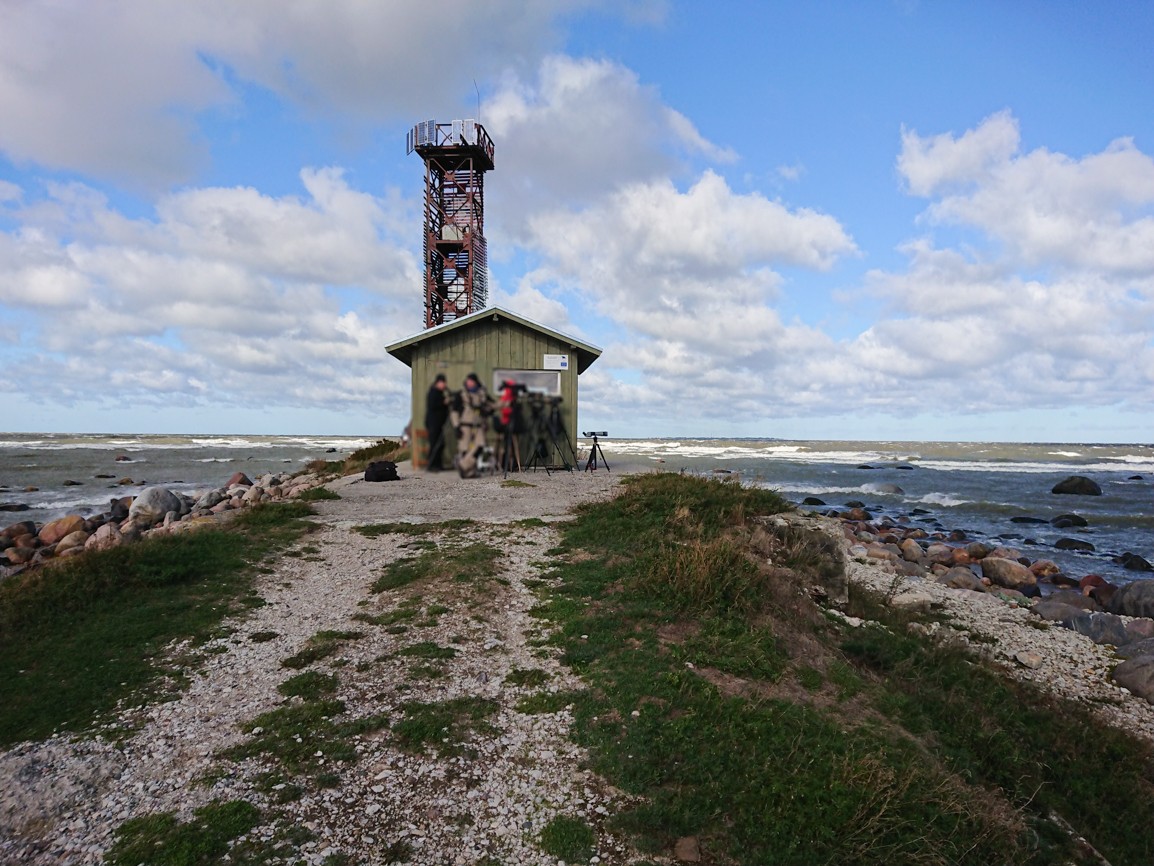Beschreibung
Cape Põõsaspea is the north-westernmost tip of mainland Estonia. Its rocky ridge reaches far into the sea. This is one of the best places in Northern Europe for observing the migration of waterfowl. An important migration route of arctic water birds crosses straight over the cape. On migration you can see: Dark-bellied Ringelgans, Trauerente, Samtente, Eisente and numerous other divers, ducks and waders. For detailed information please check Trektellen.org, where you can find this migration spot named "Põõsaspea neem" (see the link below).
Details
Zugang
Drive 47 km from Tallinn through Keila towards Haapsalu and turn right at the Määra road junction (sign “Nõva 29 km”). Drive through Nõva, and 15 km towards Haapsalu, turn right at the Riguldi road junction and drive into Tuksi village. In Tuksi village at the Rooslepa chapel turn right onto Tuksi–Spithami road. Drive through Spithami village and you’ll arrive at the parking lot on the cape of Põõsaspea. Best way to watch birds is to stay still and you definitely need a spotting scope and some knowledge on arctic waterfowl (especially how to ID them on flight). Really good place to practise seawatch and see wonders!

,_Etangs_de_Stavelot,_Belgien_(38631119665) Frank Vassen.jpg)
,_Etangs_de_Stavelot,_Belgien_(38631119665) Frank Vassen.jpg)